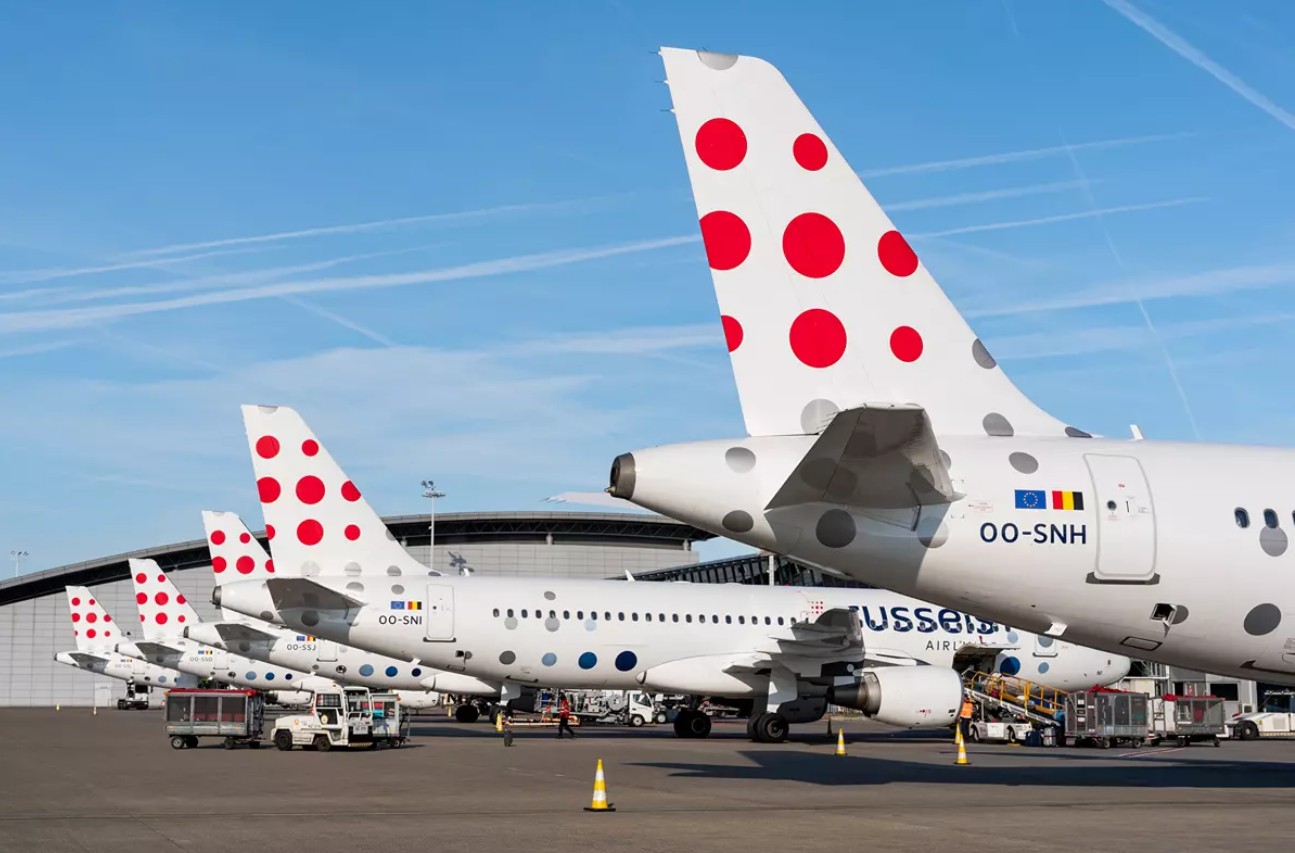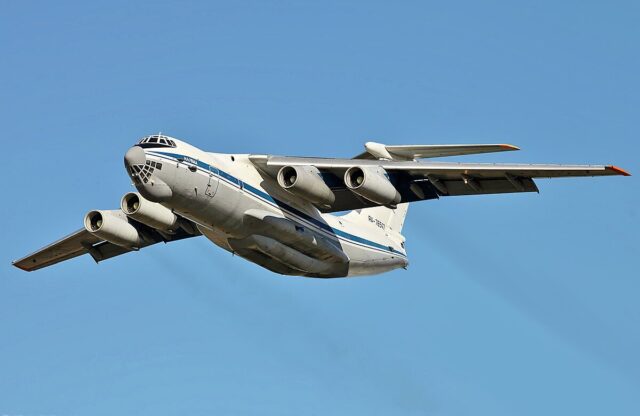Brussels Airlines unveils new longest route with flight to Kilimanjaro

October 28, 2025

Brussels Airlines is set to launch what will become its longest scheduled service, initiating twice-weekly flights between Brussels and Kilimanjaro International Airport (Tanzania) from 3 June 2026.
The route marks the Belgian carrier’s boldest expansion into East Africa and reflects its long-time commitment to sub-Saharan markets.
The new 3,657nm link will operate on Wednesdays and Saturdays using an Airbus A330-300 configured with 288 seats across Business, Premium Economy and Economy cabins.
Brussels Airlines expands African network
The addition brings Brussels Airlines’ portfolio of sub-Saharan destinations to 18 and expands its presence in East Africa to five cities, alongside Nairobi, Kigali, Entebbe and Bujumbura.
By targeting Kilimanjaro, Brussels Airlines is tapping into a leisure-driven traffic flow centred on safari access and popular natural landmarks.
The region is home to both the summit of Mount Kilimanjaro and the adjacent UNESCO World Heritage sites of the Serengeti and Ngorongoro Conservation Area, making it an attractive proposition for both European travellers and long-haul connectivity through Belgium.

Chief Executive Dorothée von Boxberg described Sub-Saharan Africa as the carrier’s “second home”, and said the airline was “happy to add an attractive destination to our network on this beautiful continent.”
She added: “Tanzania is a top destination for safaris, and we’re proud to contribute to the local economy by connecting Kilimanjaro to Brussels and beyond.”
Wider expansion for Belgian carrier
The launch is part of the carrier’s broader network development plan for summer 2026, which also includes capacity increases on its short-haul services to Spain, Portugal, the Czech Republic and Hungary, as well as an enhanced long-haul offering to Sierra Leone from its Brussels base – having enjoyed a successful summer 2025.
For Brussels Airlines, the new flight is important not only for its distance but also the strategic value. The operator is part of the Lufthansa Group and uses Brussels as the gateway for European traffic into Africa.
While other carriers focus on West and Central African hubs, Brussels Airlines is doubling down on East Africa, a region that has seen rising demand for European access and growing interest in multi-stop itineraries linking Western Europe to safari-centric holiday spots.

It follows Brussels Airlines quietly withdrawing from the Angolan market last year, ending its long-running Brussels–Luanda service – previously the longest route in the carrier’s network.
The decision also reflects a favourable economic backdrop for Brussels Airlines: prevailing aircraft-fuel costs are stable, long-haul premium travel remains resilient, and Brussels Airlines appears confident in linking its hub with a tourism-rich destination.
Risks for Brussels Airlines
Nevertheless, launching a long-haul service of this scale carries inherent risks.
As the carrier’s longest route, it demands higher fuel consumption and crew costs, testing aircraft utilisation and profitability especially during periods of lower demand.
The service relies heavily on leisure and safari tourism, leaving it exposed to seasonal swings and geopolitical instability in East Africa.
There is also the risk that limited premium traffic could pressure yields compared with the airline’s more established African markets.
Additionally, any operational disruption on such a lengthy sector could have knock-on effects across the network.
















